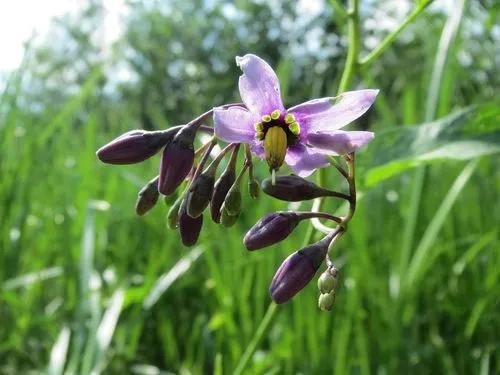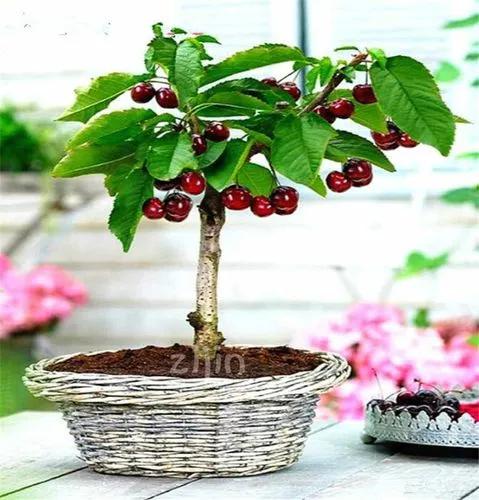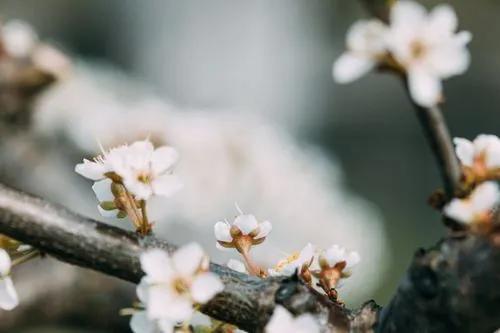The fruits of White Mulberry are popular on the menu of many wild animals like birds and squirrels. But this tree is not only grown for its fruits but also for its beautiful, dense canopy of foliage, which makes it a gorgeous addition to any home and garden. White Mulberry trees are incredibly resilient and easy to grow, making them great for beginner gardeners or people who prefer a low-maintenance garden.
White Mulberry Care
Morus Alba



The White Mulberry tree, scientifically known as Morbus alba, is native to China and is well-known for its white-to-red transitioning fruits that resemble the shape of Blackberries. Though edible, it’s often said that the taste of the White Mulberry does not compare to its cousin, the Black Mulberry, which is much sweeter.
The White Mulberry tree is a large fruit tree that can grow up to 50 feet (15 meters) tall and wide. When grown as garden plants, they will usually be kept at 30 feet (10 meters) or less. You should know that because of their extensive and vigorous growth, they are considered invasive in some parts of the world. Thus, we recommend doing a little research into your area’s laws before buying and planting a tree in your backyard!
How to Care for the Plant

Container

Morbus alba may be grown in a container, but remember that this will lead to a smaller tree and might negatively impact the amount of fruit you get from your tree. Use a large container to support the vigorous root system; at least 7 gallons (27 liters).
The container should also have drainage holes, which will be crucial to help prevent root rot and other soilborne illnesses. You must repot your Mulberry tree to a larger container annually or whenever the plant has gotten rootbound.

Fun fact

Most White Mulberry trees are cultivated for the production of silk. You see, Silkworms (the bugs that silk comes from) have an appetite for White Mulberry leaves! This tree is seen growing in the wild in North America frequently because it was brought to the US for silk cultivation. But shortly after the trees were imported, the silk production in North America ceased to exist as it was too costly. As a result, many of the Mulberry trees were left abandoned and are now happily growing in the wild.

Popularity

6,821 people already have this plant 688 people have added this plant to their wishlists
Discover more plants with the list below
Popular articles






